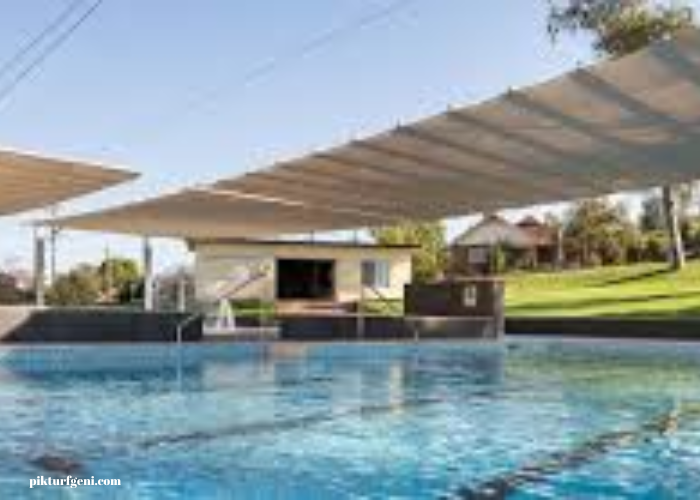Whether you’re growing vegetables, flowers, or plants for medicinal purposes, Shade Net is an essential tool for managing sunlight in your greenhouse. Shade cloth comes in a variety of densities, and selecting the right one for your needs requires knowledge about light transmission rates. This article will explore the different shade cloth options available, and help you select the best one for your needs. We’ll also discuss the best shade rate for various types of plants and climates.
High-Density Polyethylene (HDPE)
In this “Know Your Materials” article, we’ll talk specifically about 1. High-Density Polyethylene (HDPE). This type of plastic is a durable and reliable material for applications that require strength and heat resistance. This type of synthetic resin is made from the polymerization of ethylene, and it comes in a variety of grades that are tailored to specific applications. It’s also very easy to recycle, which helps companies take care of the environment while saving on production costs. The best 90% Shade Net are durable and resistant to rot, water permeability, sun effects, and insect infestation. These qualities make them an excellent choice for commercial crop cultivation and nurseries.
HDPE is resistant to many living and industrial chemicals, so it’s ideal for food packaging. It can also withstand harsh environmental conditions, like rain and the chemicals that naturally occur in soil. This makes it an excellent choice for piping that provides irrigation in agricultural settings. It’s also used in factories and manufacturing facilities that work with chemicals or corrosive materials.
Lock-Stitch Design
Shade nets or cloth are specially designed to block up to 90% of the sun’s harmful rays. They also help to cool down the area and are breathable so that air and water can pass through easily. They are suitable for crop protection, garden areas, pet kennels and patios. The lock stitch is a sewing method that uses small stitches and looks the same on both sides of the fabric. It is used in situations where the front and back of the sewing must look the same, such as topstitching for cuffs and collars or when sewing sheer fabrics.
A corner-lock stitch pattern is formed by overlapping straight stitches and is characterized by a thread interlace point and two thread overlays in which the second upper thread and first lower thread envelope each other. The overlapping straight stitches may be in a diamond shape, square shape, parallelogram shape, or rhomboid shape. The lock stitch pattern can also be characterized by seam efficiency, which is defined as the width of the seam allowance divided by the number of stitches per inch.
Reinforcing Tape
Shade Net is used to shield crops, plants, livestock, and people from direct sunlight and protect them from excessive wind and rainfall. This protective netting also works well as a fence or a privacy barrier. It is available in a variety of sizes and colors. It is usually made of high-quality, UV-stabilized polyethylene material. The cost of shade netting varies depending on its density, size, and UV resistance.
In addition, they provide excellent ventilation and help to keep the area cool. Shade netting is commonly used to cover a greenhouse skeleton or as a roof covering, and it is ideal for protecting plants from harsh summer sunshine. It is also a great way to control the temperature and humidity in your greenhouse, resulting in increased yields.
Grommets
A grommet is a small, ring-shaped piece of metal or plastic that’s placed inside a pre-cut hole. It helps to protect the hole from fraying or tearing and can be used in a wide variety of products. You’ll find grommets in everything from shoes and clothing with lace to tarps, flags and curtains. While you can use stitching to close a fabric hole, a grommet provides a stronger and more durable option. It also seals the rough edge of a cut hole, making it smooth for whatever passes through it, like laces, cords, or even the tension rods in a shower curtain.
When choosing a grommet, make sure it’s made of a strong material that can resist corrosion from water and other environmental conditions. For example, a marine-grade grommet is an ideal choice for applications that are exposed to moisture and salt. These durable grommets feature spur washers that can help to keep them in place.
Conclusion
90% Shade Net is an ideal shading net for greenhouses, gazebos and sports zones. It also works as a shade cover for parking lots. Choosing the right shade rate depends on your plants’ heat requirements. Plants that thrive in sun need lower shade rates, while those that prefer shade require higher ones.
